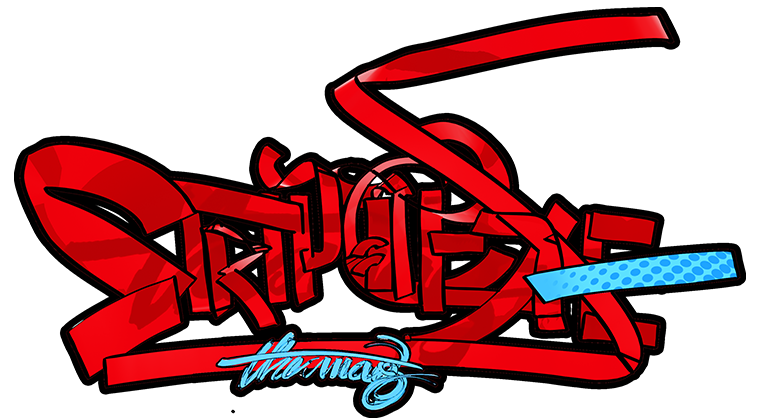“It was time to get properly drunk… or die trying.” Max Payne 3: After the Fall
To get you in the right mood, here is the original Max Payne theme, which left such a lasting mark on all our hearts that the composition has remained largely unchanged through three games. If you haven’t heard it before, you must now!
The first game was released in 2001, and it literally changed the way video games are made. Remedy rendered real photographs into character models and for the first time you could see human faces in a video game (remember, this is during the 256 MB RAM era). They revolutionised bullet-time, a game mechanic where the world would move in slow motion and the player would switch to total-badass mode, annihilating anything and anyone in sight, for those precious few seconds. But most importantly, they invented a genre that hasn’t been seen since: video-game-noir. Dark contrasts, sarcasm-filled narration, a psychologically troubled protagonist, an enigmatic woman whose loyalties are questionable at best, lots of blood and murder and betrayal, and of course, the comic-book-style panel cutscenes. This is probably the first modern video game where you could make a movie/graphic novel by just sewing the cutscenes together, and it would sell like hot cakes.
The sequel, The Fall of Max Payne (I prefer to call it The Return of Mona Sax), picked up the pieces right after the events of the first game, with easier game-play (after complaints from n00bs who couldn’t finish the first game), more involved characters from the first game (that survived), some new ones, and with a better, wittier script, all the while keeping the core essence as the original – the environment, the darkness, the narration, the confused cop, the enigmatic woman, etc.
 “Now that you’re here, you can watch my back while I get dressed.”
“Now that you’re here, you can watch my back while I get dressed.”
And… Mona Sax.
In the third installment, Rockstar took us through a different journey, much later in Max’s life, when he’s serving as a bodyguard for a high-class glam/political client and his brothers and their girls. The game is actually tougher than the first one, the setting being mostly Sao Paulo, bullet-time better than ever, and Max plunging through on the highway to self-destruction. The visual effects of neo-noir video cutscenes replacing the comic-book style presentation are wonderfully done, but the characters just don’t leave an impression any more. And Mona is barely mentioned by Max once in the game, in passing. Which frankly just shattered my heart into a million and six pieces.
Max Payne 3: After the Fall takes us in the other direction. The first comic book in the series, presented by Marvel, is set at a time near about the third game. We are sent back to the desolate corners and shady bars of a cold winter in New York City, where Max is shown to be suffering from PTSD.  His flashbacks will bring back memories to anyone who has played the games, with references to Valkyr, Jack Lupino, Winterson, Mona Sax and Max’s old partner. The infamous Kong whiskey and painkillers are there too – as have been throughout the three games! Sarcastic soliloquies, Roscoe Street station’s train tracks, bullet time, and for the first time ever, Max’s childhood.
His flashbacks will bring back memories to anyone who has played the games, with references to Valkyr, Jack Lupino, Winterson, Mona Sax and Max’s old partner. The infamous Kong whiskey and painkillers are there too – as have been throughout the three games! Sarcastic soliloquies, Roscoe Street station’s train tracks, bullet time, and for the first time ever, Max’s childhood.
As Sam Lake, writer of the first two games and actor playing Max Payne in the first, had said, “At the beginning of the first game, Max is at peace, a happy man, but if you think about it, there had to have been tragedy in his past already for him to be equipped to deal with horror he must face, otherwise it would crush him.” We are shown Max being close to his mother, who is regularly abused by her husband, a Vietnam vet whose infidelity leaves additional scars on Max’s mind. Shown to be but a broken man, Max still cannot forget the death of his wife, Michelle, his daughter, Rose, and his lover, Mona. The artwork is eye-catching, while staying true to the styles in the games, takes full advantage of creative liberties in depicting Max’s past, set in the 1970s, and it doesn’t disappoint. Tiny details, like whiskey dribbling out of the corner of Max’s lips or a shell casing leaping out of the chamber of a fired gun, have been meticulously done.
“He was too busy majoring in telling other people how to live…
and minoring in hypocrisy. He was a family guy – when it suited him”
Travel through the journey of Max’s yet-unseen life in this three-part series, a man who is scarred and broken, a man who has been betrayed and set up by close friends, a Midas whose touch doesn’t turn things into gold, but isolates and kills. Max Payne’s story isn’t one that will make you cry, but will make you numb with sympathy for a man who probably doesn’t even remember what dreamless sleep is supposed to feel like.
As the epilogue, this is the endlessly melancholic and gripping Max Payne 3 theme, arranged on a harmonic minor scale, and played on a cello that seems to make the wood cry.
STATUTORY WARNING: DO NOT WATCH THE HOLLYWOOD FILM.
It can be potentially lethal.


